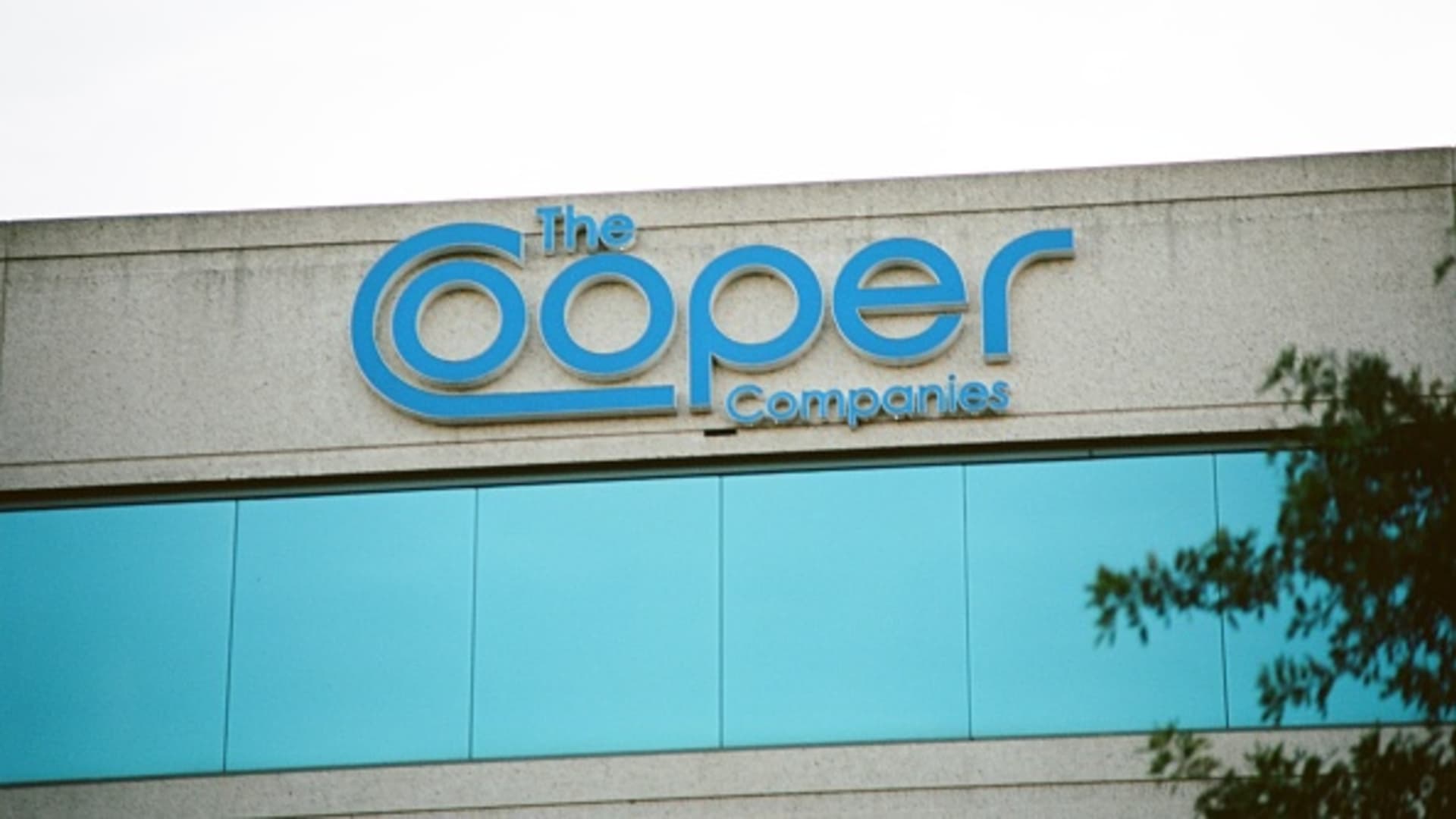US retailers fear they will be short-changed by the demise of the penny, warning of new costs and potential legal liabilities.
Trade groups redoubled a campaign for legislative relief this week as Congress returned to Washington after the extended government shutdown and the last new copper penny was struck by the US Mint.
President Donald Trump ordered a halt to penny production earlier this year as a money-saving measure, as each coin cost nearly four times more to make than its face value.
The US followed other large economies in phasing out the smallest unit of physical currency as inflation eroded its value. Canada stopped making its penny in 2012, while Australia’s one-cent coin was discontinued in 1992.
But the US effort stands out for its speed: the Mint ended large-scale penny production in June and the Federal Reserve has already suspended distribution from a majority of its 165 coin hubs.
“When Canada did this, it took them three years,” said Austen Jensen of the Retail Industry Leaders Association, which represents the largest US store chains. “We are just moving at lightning speed, and it’s spreading much quicker than what anybody anticipated in the industry.”
The American Bankers Association, an industry lobby group, has written to the Fed requesting they reopen the closed coin terminal locations.
“In those areas [where coin hubs are closed], retailers that want pennies don’t have a source for them,” said ABA senior vice-president for payments Steve Kenneally.
Government officials have no plans to withdraw the 300bn pennies already in circulation. But retailers with dozens of stores each “have been out of pennies for quite a few weeks now”, said Dylan Jeon, senior director of government relations at the National Retail Federation.
Stores short of pennies have been posting signs to inform customers who pay in cash that their change will be rounded.
“If we owe them a penny in change, and can’t give them a penny, we’ll give them a nickel,” said Joel Rampoldt, chief executive of the US division of Lidl, the German grocery chain. But rounding has been “very stressful” for Lidl employees doing it “dozens, hundreds of times in a day”.
Rounding in favour of customers comes at a cost to retailers. Inside US convenience stores, where cash is used in about half of 125mn daily purchases, rounding down would lower industry sales by about $1.25mn a day as cash purchases require two pennies in change on average, according to the National Association of Convenience Stores.
Rounding up or down depending on the value of a purchase would spread the burden. An earlier analysis by the Federal Reserve Bank of Richmond estimated rounding to the nearest nickel would cost consumers about $6mn a year.
One option, according to the ABA’s Kenneally, is to follow the Canadian model where if the final amount ends in a one, two, six or seven cents, the retailer rounds down to the nearest nickel and if it ends in three, four, eight or nine the amount is rounded up.
Retail groups have been lobbying Congress for legal protection to round purchase values to the closest nickel. They say that at least 10 states and cities require exact change, putting customers paying with cash on equal footing with those using cards or apps. The declining supply of pennies makes that impossible, say the retailers.
Some states set minimum prices for certain items including milk and tobacco, said Jeff Lenard, a spokesman at the convenience store association. “If you round down, that would violate minimum pricing,” he said.
An equal treatment rule also applies to recipients of federal food subsidies under the $100bn Supplemental Nutrition Assistance Program. Rounding in favour of cash customers would put these beneficiaries at a disadvantage, potentially forcing retailers to break government rules.
A lack of pennies could also complicate stores’ and banks’ ability to cash cheques, a common practice for lower-income households who lack bank accounts, the retail groups said.
Retail groups are hopeful that a bipartisan bill addressing these concerns will soon move through Congress now that the government shutdown is over.
But the uncertainty comes as their members gear up for the holiday shopping season.
“The biggest thing is that this is occurring right now during the craziest time of the year, the most important time of year, which is holiday,” said Jensen, senior executive vice-president of public affairs of RILA, whose members include Walmart, Target and TJX.
Some retailers are taking matters into their own hands to address the coin deficit. Supermarket chain Giant Eagle earlier this month enticed customers to turn over pennies and receive gift cards worth twice as much in return.








